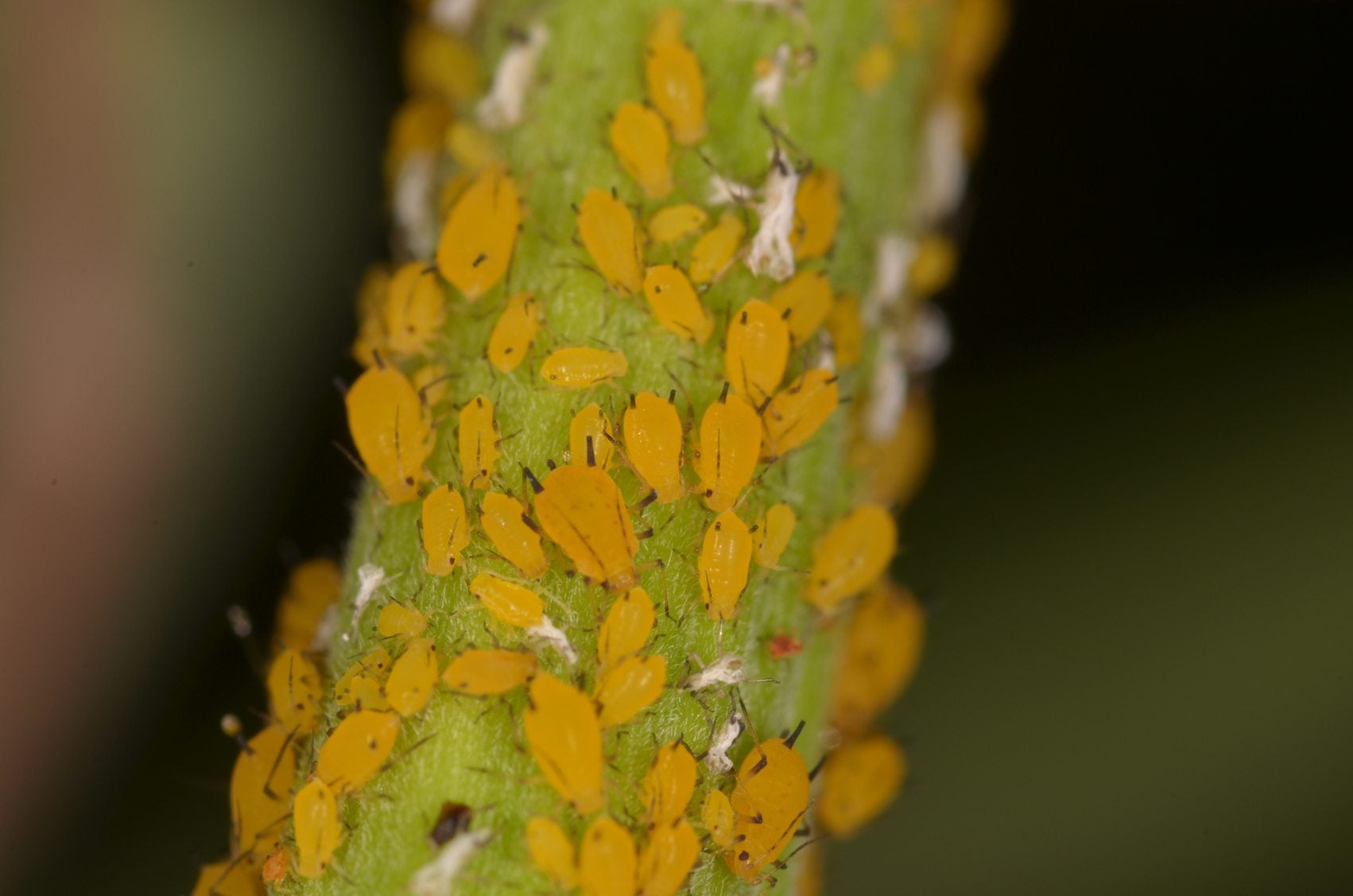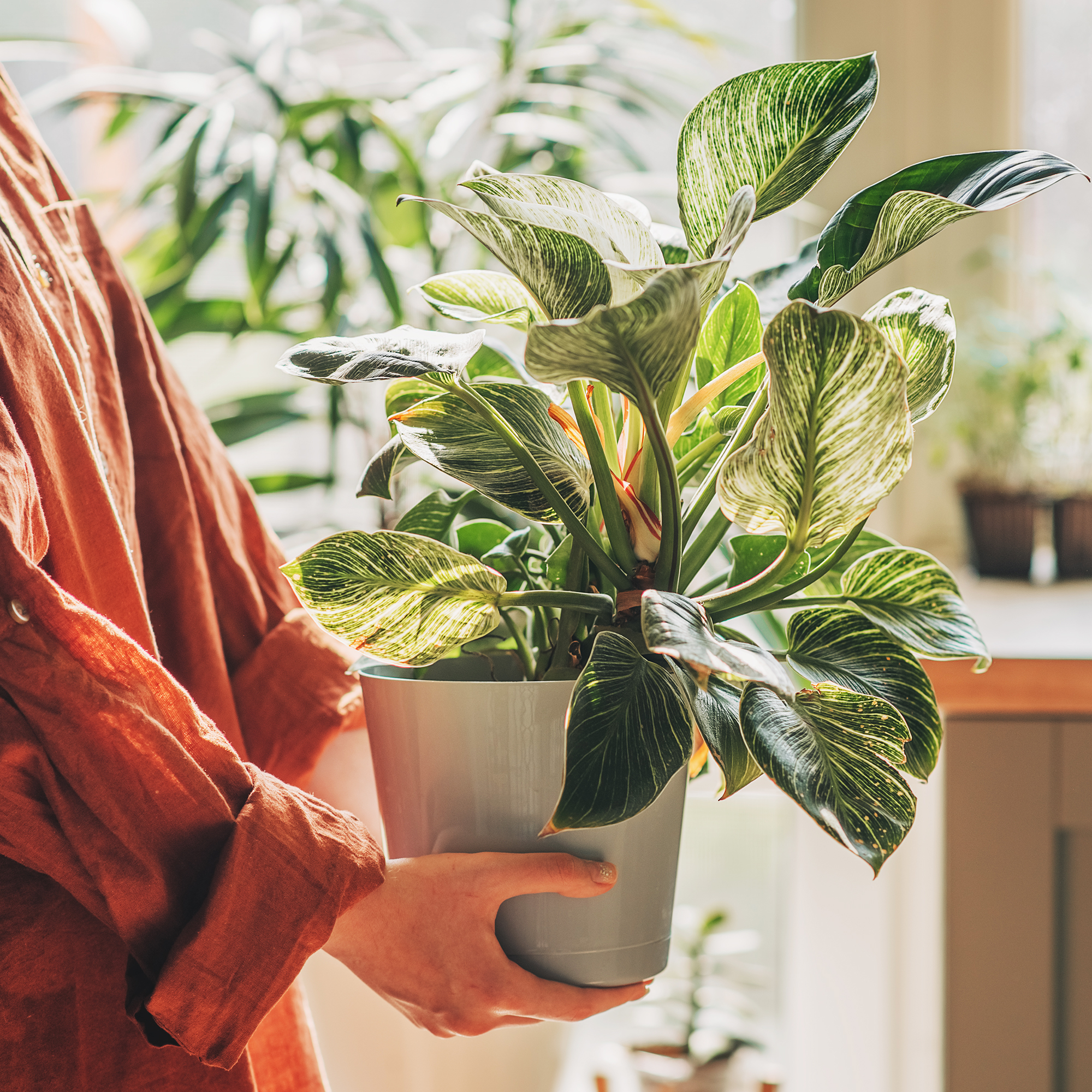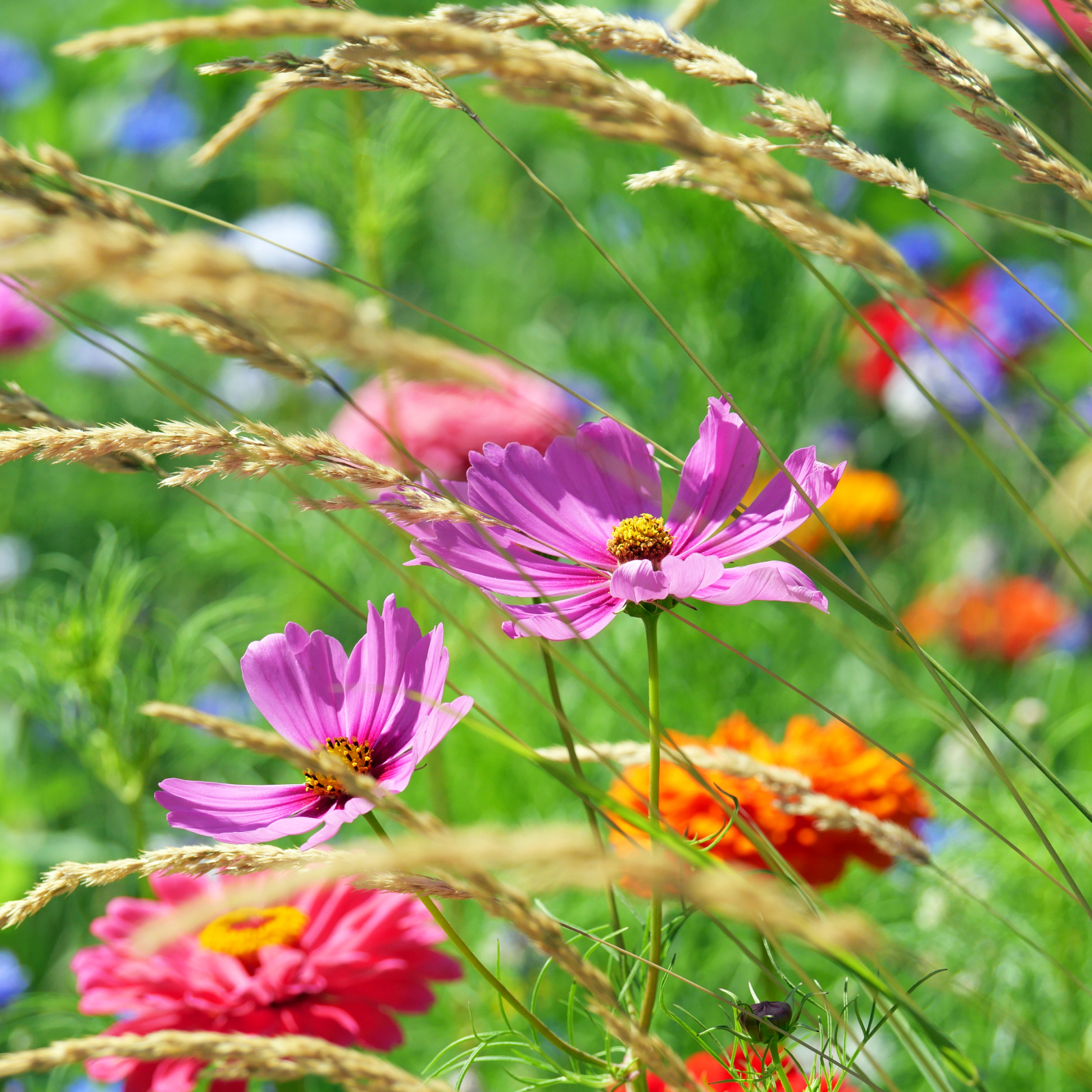What Are Oleander Aphids: How To Get Rid Of Oleander Aphids


You may cry “I have aphids on my oleander” if you see these bugs on your favorite shrubs. These are probably oleander aphids, marigold yellow insects with black legs that attack oleanders, butterfly weed, and milkweed. While great numbers of these aphids can cause serious harm to the host plant, generally the damage is aesthetic. If you want to learn about control of oleander aphids or how to get rid of oleander aphids, read on.
What are These Aphids on My Oleander?
You may see oleanders and aphids together regularly if you live in some southern states, like Florida. When you have oleanders, and aphids attack these shrubs, the odds are great that the insects are oleander aphids. What are oleander aphids? They are bright yellow, sap-sucking insects that can be found in warm regions throughout the world. These aphids probably originated in the Mediterranean, which is also the native country of oleander plants.
Oleander and Aphids
If you have aphids on your oleander, you’ll want to know what these insects are likely to do to the shrubs. Oleander aphids suck up sap from the host plants and produce a sticky substance called honeydew. Honeydew is sugary, and something other insects, such as ants, like to eat. You’ll often see ants living close to aphids and tending to them not unlike shepherds' care for sheep. Honeydew is not attractive on the leaves of oleanders. As it accumulates, unattractive black sooty mold is likely to follow.
How to Get Rid of Oleander Aphids?
The best way to get rid of oleander aphids is through cultural controls. If you reduce irrigation and fertilization, your oleander will produce less of the tender shoots that attract aphids. On smaller plants, you can try pruning out infested shoots. You can also wash off aphids with a hose. Neem oil can help too. One natural way to get control of oleander aphids is to purchase and release their insect enemies. A parasitic wasp is one aphid enemy. It lays its eggs inside an aphid nymph. In time, the wasp larva develops into a wasp inside the aphid. It cuts a hole in the aphid so that it can get out. The aphid’s bodily organs have already been eaten by the wasp, and its empty body is called a mummy. Another great natural predator of aphids is the dependable ladybug.
Gardening tips, videos, info and more delivered right to your inbox!
Sign up for the Gardening Know How newsletter today and receive a free copy of our e-book "How to Grow Delicious Tomatoes".

Teo Spengler is a master gardener and a docent at the San Francisco Botanical Garden, where she hosts public tours. She has studied horticulture and written about nature, trees, plants, and gardening for more than two decades. Her extended family includes some 30 houseplants and hundreds of outdoor plants, including 250 trees, which are her main passion. Spengler currently splits her life between San Francisco and the French Basque Country, though she was raised in Alaska, giving her experience of gardening in a range of climates.
-
 Have You Tried The Shadow Test For Houseplants? This Expert Light Trick Reveals Exactly Where Plants Will Thrive
Have You Tried The Shadow Test For Houseplants? This Expert Light Trick Reveals Exactly Where Plants Will ThriveThe Shadow Test is a horticulturist's trick that will help you work out the light levels in every room and ensure your houseplants are perfectly positioned.
-
 10 Easy, Breezy Meadow Flowers & Grasses For A Magnificent Low-Maintenance Landscape
10 Easy, Breezy Meadow Flowers & Grasses For A Magnificent Low-Maintenance LandscapeChoosing the right meadow flowers and grasses will help you create the luxurious garden of your dreams. Explore some of my favorites.